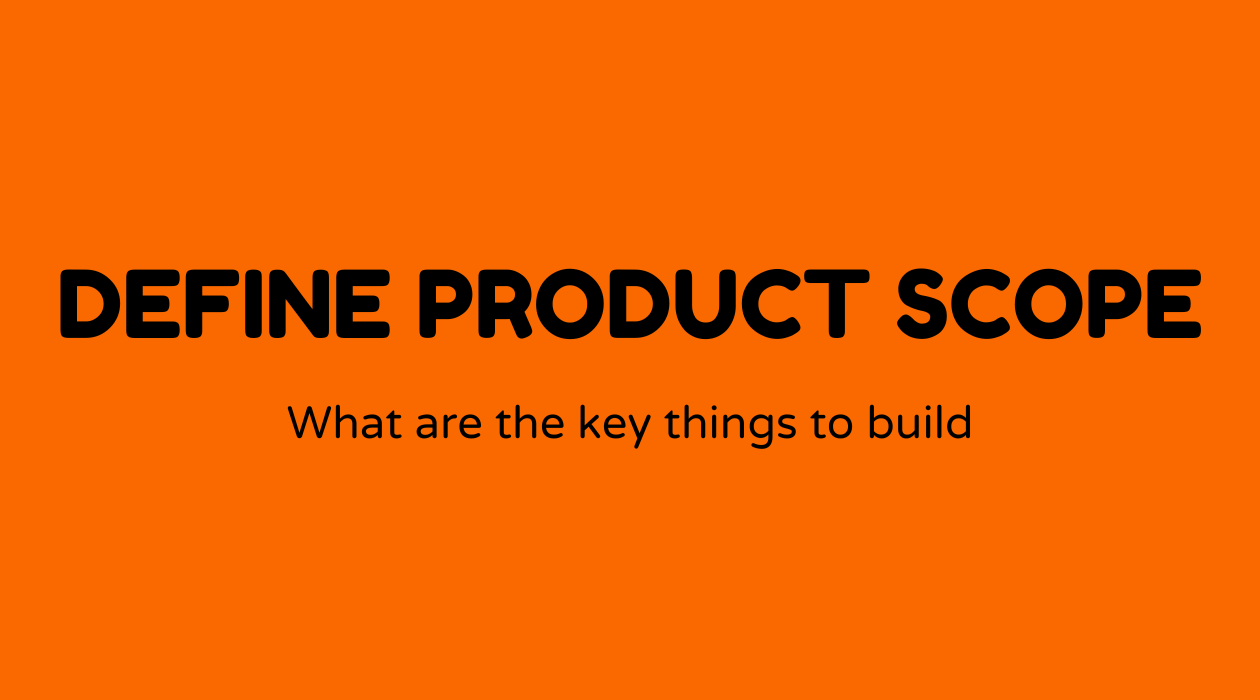Define product scope

Overview of Product Scope
If you're involved in the product development arena or have just entered this ever-evolving space, you may be hearing a lot about product scope. What's the importance, you might ask? Think of product scope as the blueprint or roadmap that steers every development effort. From startups to major corporations, comprehending product scope is essential to ensure that projects align with their objectives, remain on track, and conclude successfully.
Why Product Scope is Important
Why does product scope play such a vital role in product development? Simply, it provides clarity and direction. Without a well-defined product scope, projects can easily deviate from their original goals, leading to wasted time, resources, and, admittedly, finances. In the worst scenarios, an unclear product scope can result in a product that fails to meet market needs or user expectations. Wondering how a precise scope can make a difference? It streamlines project management, optimizes resource allocation, and reduces the chances of project drift.
What is Product Scope
What exactly does product scope entail? In straightforward terms, it's a comprehensive outline of the features, functions, and systems that a product is intended to deliver. Imagine you're baking a cake (who doesn’t enjoy cake?); the product scope acts like your recipe – it includes all ingredients, their respective amounts, and the steps crucial for creating that delightful cake. Product scope delineates the boundaries and limitations of your project and is typically recorded in a project scope statement, which outlines what is included and, just as significantly, what is excluded.
How to Define Product Scope
Defining product scope begins with a clear understanding of customer needs and business objectives. Start by engaging stakeholders to gather specific requirements; this can involve customer interviews and competitive analysis. After gathering these requirements, prioritize them to ensure that the most essential features are developed first. This can be achieved using techniques like MoSCoW prioritization or story mapping.
Once the requirements are clear, produce a product scope statement to serve as a reference document for the entire team. This document should detail goals, deliverables, tasks, estimated timelines, and any exclusions or assumptions. Regularly revisit and adjust the scope as necessary, keeping all stakeholders informed.
Examples of Product Scope
-
Mobile App Development:
- Features: User login, profile creation, push notifications, search functionality.
- Exclusions: Advanced AI integration, augmented reality aspects.
-
E-Commerce Website:
- Features: Shopping cart, product catalog, user reviews, secure payment processing.
- Exclusions: Customizable user interfaces, multi-language support at launch.
FAQs
What distinguishes product scope from project scope?
The product scope centers on what the product will offer, including all its features and functions. In contrast, the project scope encompasses all the work necessary to deliver the product successfully, including timelines, budgets, and resources.
How can poorly defined product scope lead to project issues?
An unclear product scope can lead to project delays, budget issues, and ultimately, a product that does not meet customer needs or business goals, resulting in its potential failure in the marketplace.
What are some effective tools for outlining product scope?
Tools like Asana, Jira, and Trello can assist in managing tasks and organizing product requirements. Workshops and brainstorming sessions are also valuable for gathering and prioritizing requirements.
How often should product scope be evaluated?
Product scope should be assessed at regular intervals, typically at key project milestones or whenever there are notable changes in business goals or market demands.
Does product scope include the development schedule?
No, the product scope is focused on features and functions, while timelines are generally detailed in the project schedule or plan.
How does product scope relate to agile methodologies?
In agile practices, the product scope is considered adaptable and can evolve over time as more information is gathered, allowing teams to respond effectively to change.



